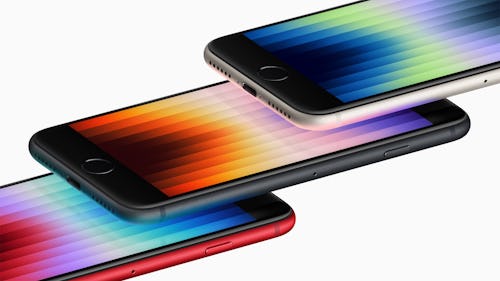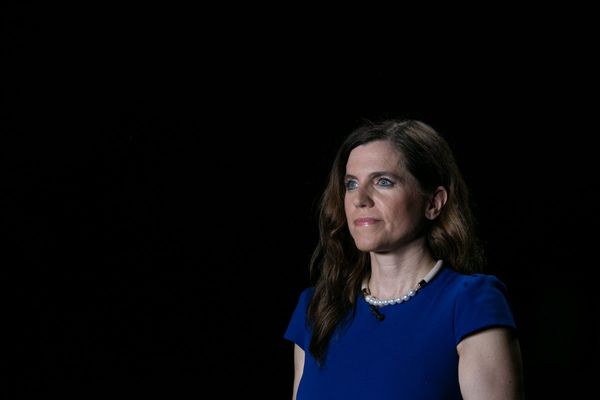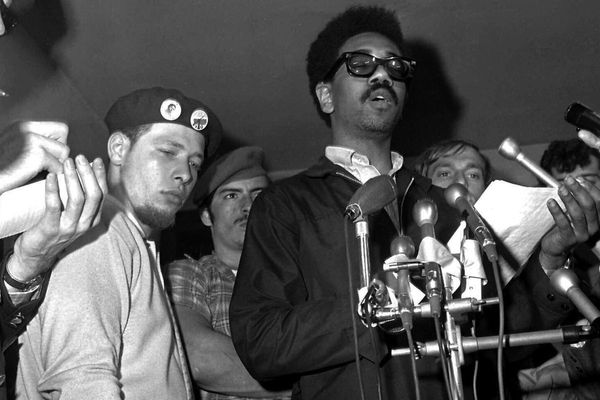
So Apple just announced the new 2022 iPhone SE starting at $429. It looks like a great entry-level iPhone — good for kids, people switching from Android, or anyone who wants a small phone or prefers Touch ID over Face ID.
The 2022 iPhone SE has the same A15 Bionic chip as the iPhone 13/13 Pro, an upgraded camera system for the front and back, a neural engine for improved machine learning and AI features like Live Text, and battery life is two hours longer than the 2020 iPhone SE.
It’s also got 5G! A first for the iPhone SE. Except, there’s just one catch, which might be major or small, depending on what you care about. Though marketed as a 5G iPhone, the 2022 iPhone SE’s 5G is not equal to that on the iPhone 12 series or iPhone 13 series. Whereas those iPhones come with both flavors of 5G (Sub 6-GHz and mmWave), the 2022 iPhone SE doesn’t support the latter’s faster data speeds.
Dealbreaker or not? —
In the U.S. 5G is a total mess. You need a tome to decipher what 5G is. In simplest terms, Sub 6-GHz is what’s known as common or mid-band 5G; it uses mid-band spectrum to deliver data. Coverage in rural areas is still ongoing, which means speed might not be that much faster than LTE. In urban areas like New York City where I live, Sub 6GHz can be quite fast. My iPhone 13 pulls down 500Mbps+ downloads on T-Mobile (and T-Mobile Home Internet, which uses 5G). Location really matters.
Millimeter wave (mmWave) was supposed to be the holy grail of 5G. It promised significantly faster speeds compared to Sub 6-GHz, speeds that are supposed to reach 1Gbps or faster. T-Mobile doesn’t support mmWave so nobody on the carrier can even reap the benefits of an iPhone (or any phone like the Galaxy S22) with mmWave. If you’re on Verizon, though, you can get mmWave. The downside is still very much the same it was a few years ago when it launched: limited coverage usually restricted to metropolitan areas and limited reception. The latter is the biggest disadvantage to mmWave despite the much faster speeds. Buildings and trees and other simple obstructions can literally block a mmWave signal which defeats the whole point of even having it; you’ll be dropped down to LTE anyway.
Also: mmWave drains battery much faster. No surprise since you’re sucking down faster data.
So is it a dealbreaker for the 2022 iPhone SE? I say no. The 2022 iPhone SE has a smaller battery compared to the iPhone 13/13 Pro. Even if the 2022 iPhone SE did support mmWave, it’d eat battery so fast, people would complain. As Apple’s most affordable iPhone, the 2022 iPhone SE needs to be an even more delicate balance between features and performance. There will be people who complain about its 5G not being the “real” 5G, but those people are the extreme minority. They’ll complain about anything and everything.
If the A13 Bionic chip isn’t throttled in any way versus the iPhone 13/13 Pro, I expect it to have the same 5G performance as I get with my iPhone 13 Pro, which is pretty damn good. Don’t let the absence of mmWave 5G in the 2022 iPhone SE stop you from getting it.







